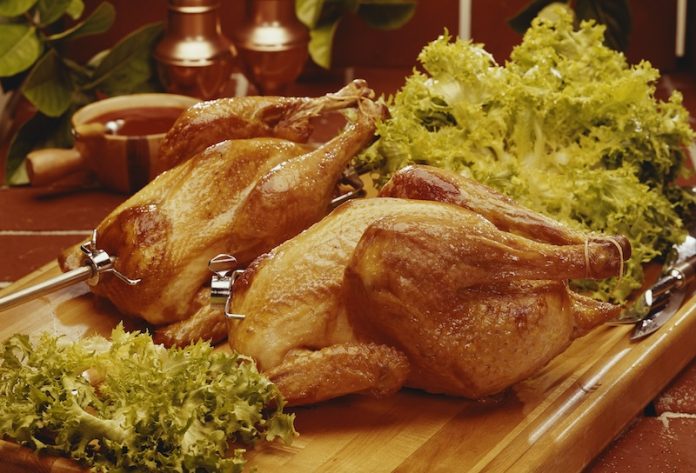
Eating less salt can make a big difference if you’re one of the many people dealing with high blood pressure, also known as hypertension.
This article explores why low-salt recipes are not just a bland dietary restriction but a delicious pathway to better health for hypertension patients.
High blood pressure is a common condition where the long-term force of the blood against your artery walls is high enough that it may eventually cause health problems, such as heart disease.
It’s a condition that doesn’t discriminate, affecting adults of all ages and backgrounds. One of the key lifestyle changes recommended for managing or preventing high blood pressure is reducing salt intake.
Salt, or sodium chloride, is more than just a table condiment. It’s found in high amounts in many processed and prepared foods.
The body needs a certain amount of sodium to function properly because it helps with the operation of nerves and muscles and keeps the right balance of fluids in your body.
However, too much salt can cause the body to retain water, which can increase blood pressure because it adds to the volume of blood inside your arteries.
Research evidence supports the shift towards a low-salt diet for managing hypertension.
Studies have shown that reducing salt intake can lead to a significant decrease in blood pressure, both for individuals with already high blood pressure and those with normal levels.
This effect is important because even a small reduction in blood pressure can decrease the risk of heart disease and stroke, two of the leading causes of death worldwide.
Low-salt recipes focus on maximizing flavor through herbs, spices, and other natural flavor enhancers rather than relying on salt for taste.
These recipes encourage the consumption of fresh fruits, vegetables, whole grains, and lean proteins, all of which are staples of a heart-healthy diet. They also limit processed and fast foods, known for their high sodium content.
One might wonder if food will taste good without much salt. The answer is a resounding yes! With a little creativity and the right ingredients, low-salt meals can be just as delicious as their saltier counterparts.
For instance, using lemon juice, garlic, herbs like basil or rosemary, and spices such as cumin or paprika can add layers of flavor without the need for extra salt.
Over time, your taste buds can adjust to less salt, and you may start to enjoy the natural taste of food more.
Implementing low-salt recipes into your diet doesn’t have to be a drastic overnight change. Start small by reducing the amount of salt you add to food at the table or during cooking.
Experiment with different herbs and spices to find combinations you enjoy. Read food labels to choose lower-sodium options when shopping.
The move towards a low-salt diet for managing high blood pressure is not just a medical recommendation; it’s a chance to rediscover the joy of eating and appreciate the rich flavors nature provides.
By embracing low-salt recipes, individuals with hypertension can take control of their health while enjoying a variety of tasty meals.
This dietary change, supported by research, offers a simple yet effective way to improve heart health and reduce the risk of related diseases, making it a win-win for taste buds and well-being alike.
Follow us on Twitter for more articles about this topic.
Copyright © 2024 Scientific Diet. All rights reserved.








